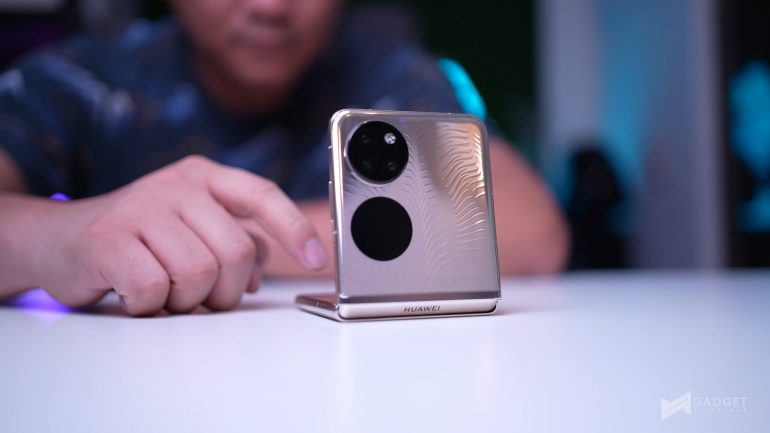This isn’t the first time for Huawei to launch a foldable smartphone. For many years, they have tried to perfect this technology to probably not just keep up with Samsung’s leadership, but to prove that they too can be better in this new trend.
Huawei P50 Pocket is a testament of Huawei’s resolve to compete in this category, and it may very well be one of the company’s best smartphones with one single major concern – price.
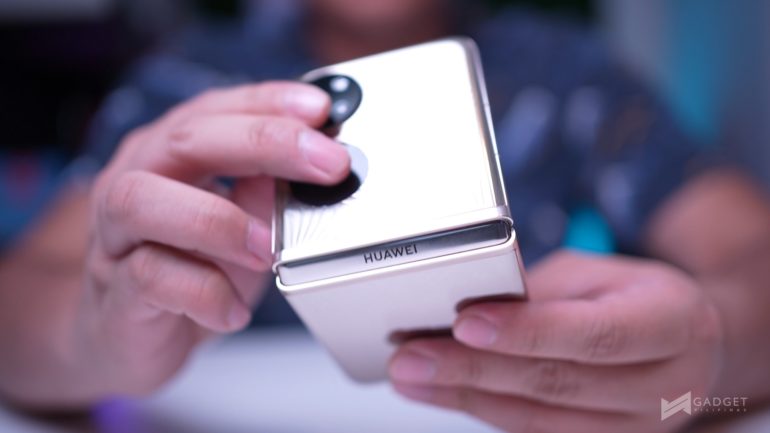
Build and Display
There’s no doubt that Huawei seems to be following the growing demand for foldable smartphone devices. As you can see, style and design aside, the Huawei P50 Pocket employs a clamshell build with Huawei’s very own hinge mechanism. Now, before I get into other topics, I believe that this is the most important feature of the phone as it defines its structural integrity and even its overall purpose.
Honestly, I have mixed feelings about this hinge. Don’t get me wrong, it seems to be engineered very well and it does minimize the display’s crease. I can smoothly unfold the display or even flick-open it without worrying about compromising the hinge. However, it does not have anything similar to Samsung’s Flex mode. This means that you have to cheat your way to unfold the phone halfway if you want, for instance, to use some camera features. This isn’t a deal breaker, by any means, because as you can see, the phone in folded mode manages to make it both look good and fits more inside your pocket. When it’s folded, there’s no way of knowing that it’s hiding a 6.9-inch display.
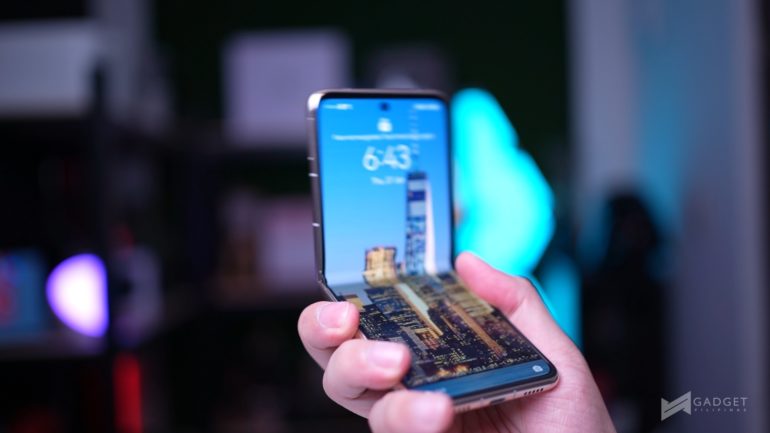
Now, this brings me to the next topic – display. The Huawei P50 Pocket uses a foldable OLED display that is capable of up to 120Hz refresh rate with 300Hz touch sampling rate. It can display up to one billion colors with a P3 wide color gamut. When it’s folded, the Huawei P50 Pocket also features a circular OLED cover screen, which can be used to show contextual content and even has privacy support. You can also use it as your selfie display screen while using its rear facing camera or even take a look at notifications and other supported widgets.
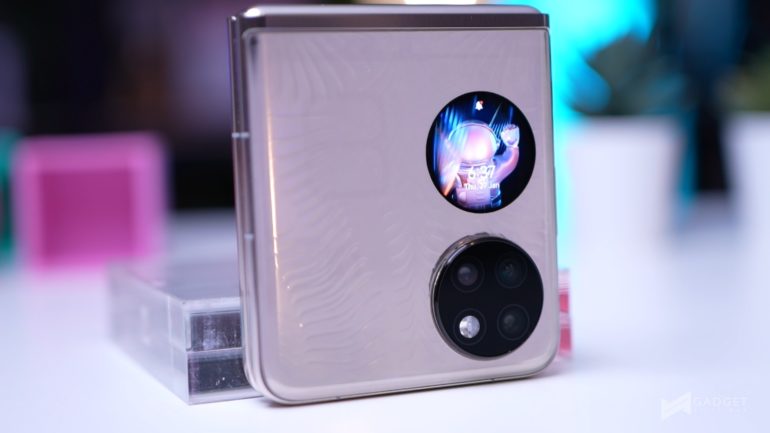
The only thing that bothers me with Huawei P50 Pocket’s display is the lack of Gorilla Glass protection. While this is the case, I was informed by Huawei that they have applied a similar protective coating on the displays. It does, however, have a nano optical layer, which eliminates reflection and glare that affect the quality of images displayed on screen.
Now, let’s talk about its overall appearance. There is no doubt that this is the best and most stylish looking foldable smartphone I’ve seen. In fact, even the Samsung Galaxy Z Flip3 5G would not even match the aesthetic design of this smartphone.
The device, however, is a smudge-magnet. It does not have any special coating that repels smudges, which is a missed opportunity by Huawei. This device costs PhP69,990; and if you want the most premium one, you will have to shell out PhP89,999. Huawei could have, at least, invested on a coating that repels smudges.
Hardware and Performance
Just like the Huawei P50 Pro, the P50 Pocket is powered by a slightly dated Snapdragon 888. The premium version, which I am talking about in this review, is slightly more powerful than the P50 Pro as it has 12GB RAM and 512GB Storage. Despite having an older chip, the device managed to get high performance scores on our benchmarks.
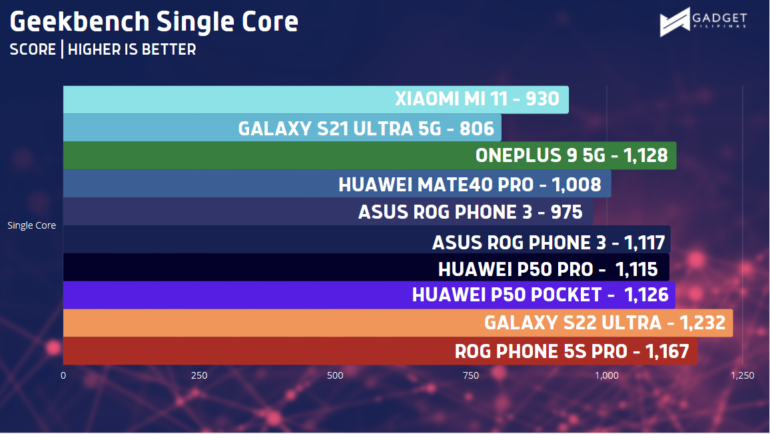
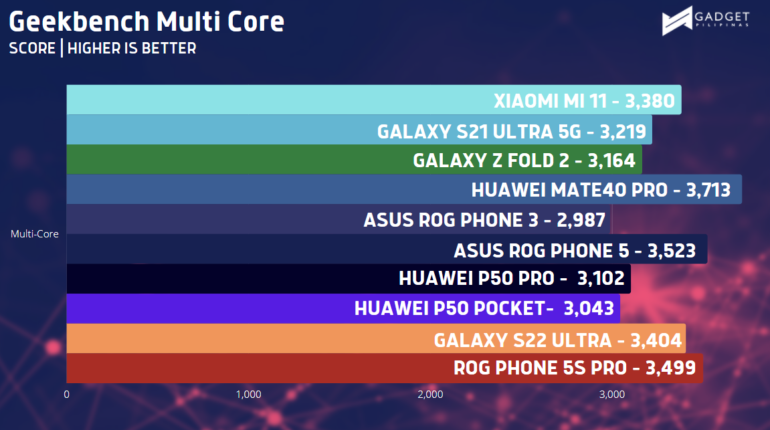
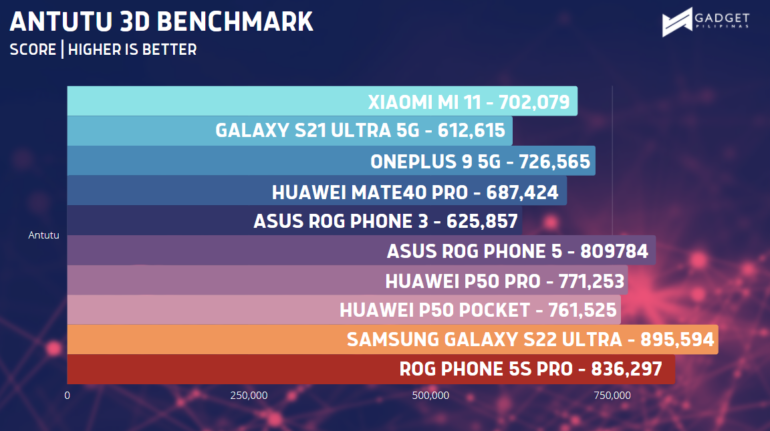
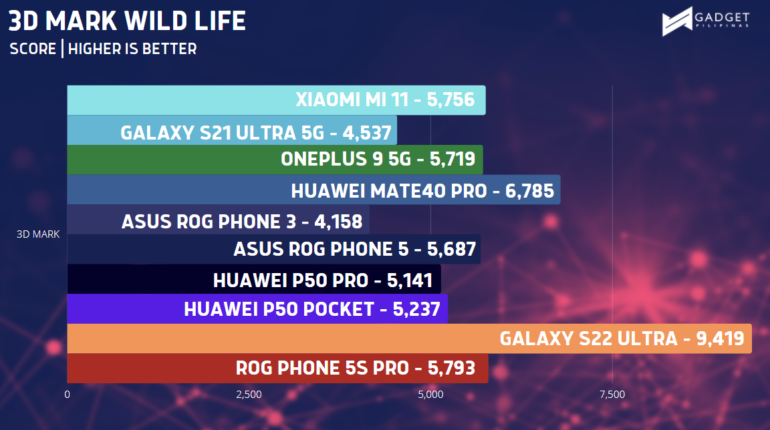
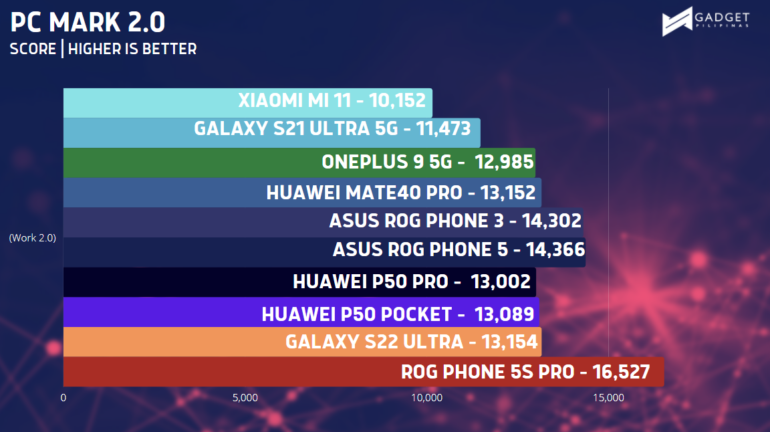
This should give you an idea of how well these devices can perform in certain situations like handling single and multi core applications, graphics-intensive games or even productivity apps. The only problem I noticed, which is something that I expected from devices with this chipset, is that it tends to get crazy hot – even hotter than the Xiaomi Mi 11 that I reviewed last year. It is the same case on the Huawei P50 Pro and it seems to persist on Huawei P50 Pocket.
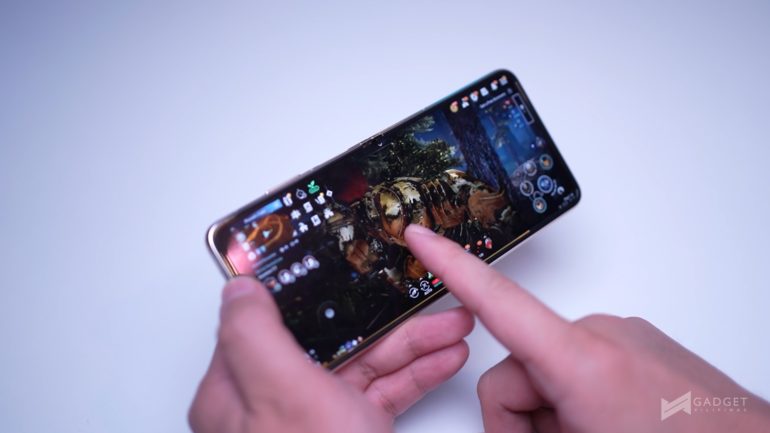
Camera
Unlike the Huawei P50 Pro, the Huawei P50 Pocket’s camera set is not co-engineered by Leica. However, Huawei managed to put all the necessary camera features for it to produce noteworthy camera shots.
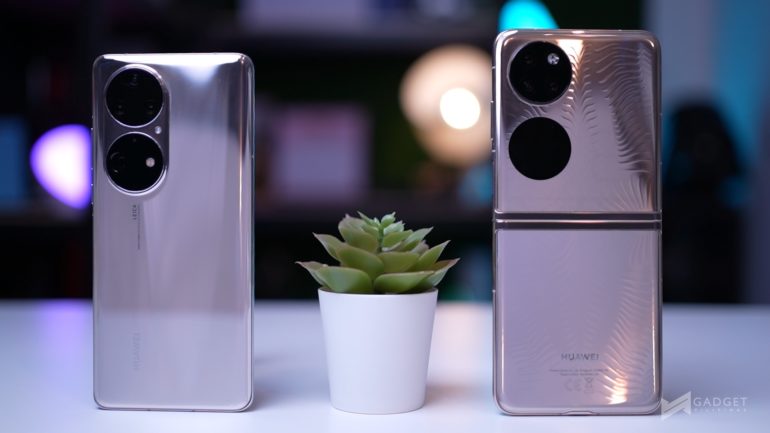
The Huawei P50 Pocket packs a 40MP True-Chroma camera. Its rear camera stack also includes 13MP Ultra Wide and 32 Ultra Spectrum Camera. It also has a front facing 10.7 Ultra Wide Camera. It has True-Chroma Shot feature that truly brings out the color of shots taken using its main rear camera. It also has Ultra Spectrum Camera Matrix that allows its set of camera to capture photos in high dynamic range.
The shots I’ve taken on this phone shows accurate color reproduction and texture. Its AI helps a lot at post and I really think that it can improve further each software update.

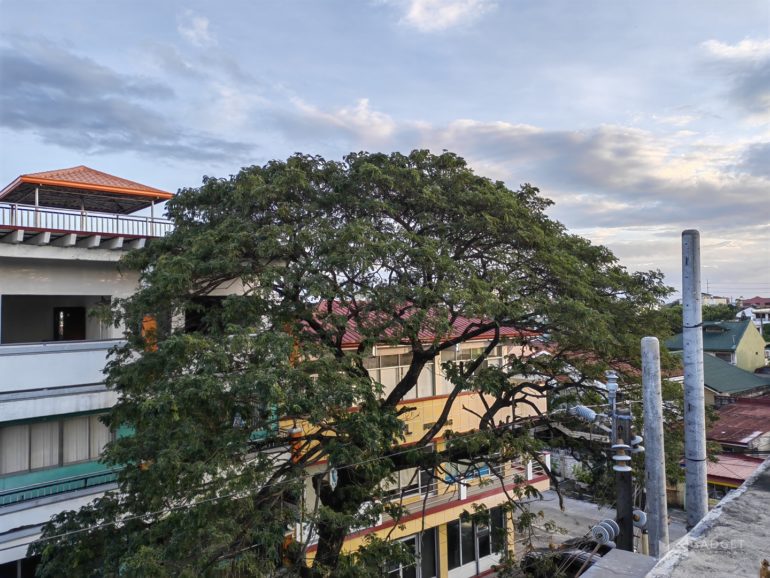
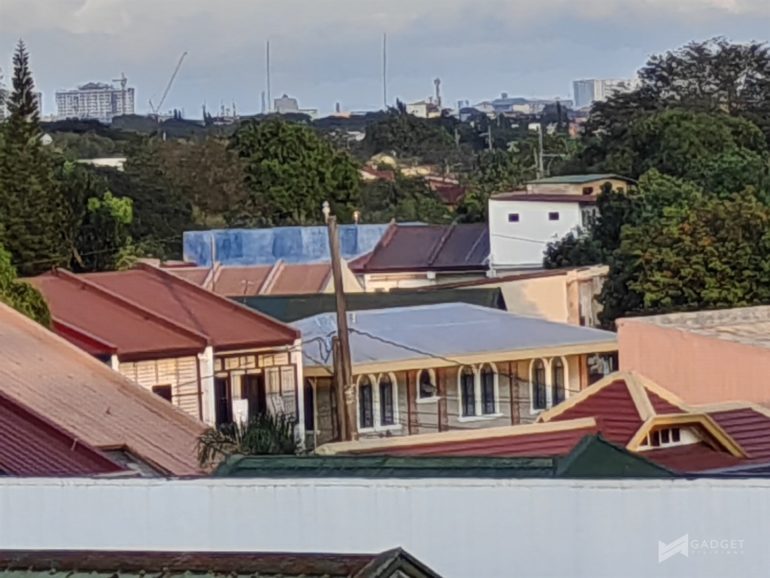

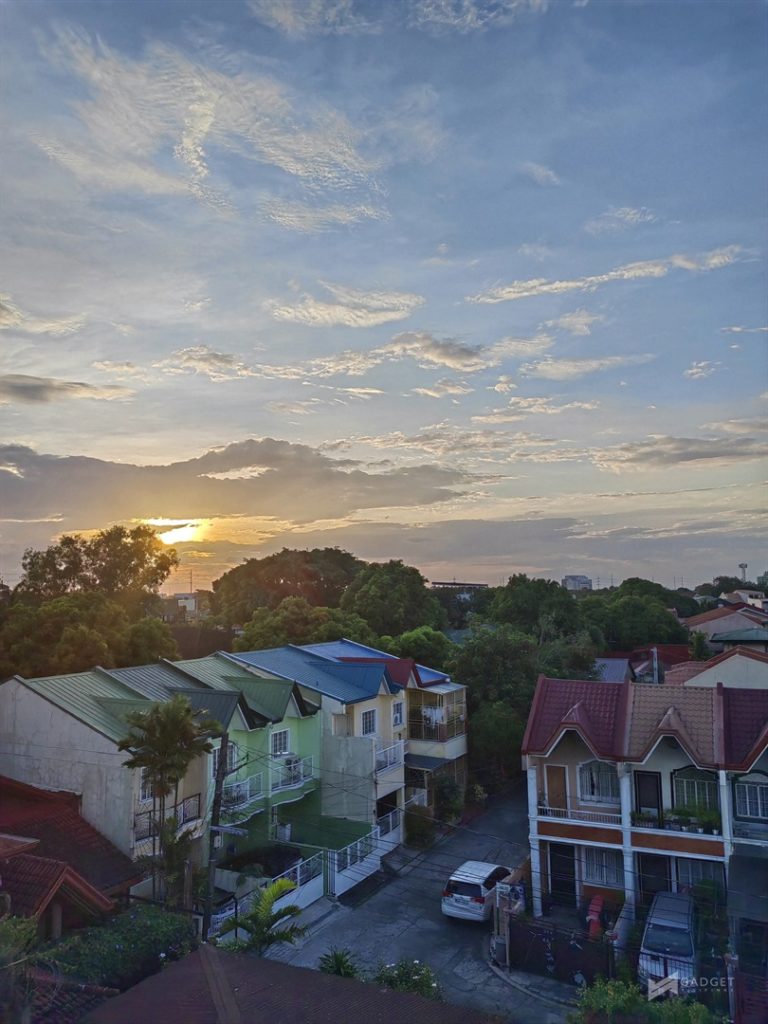
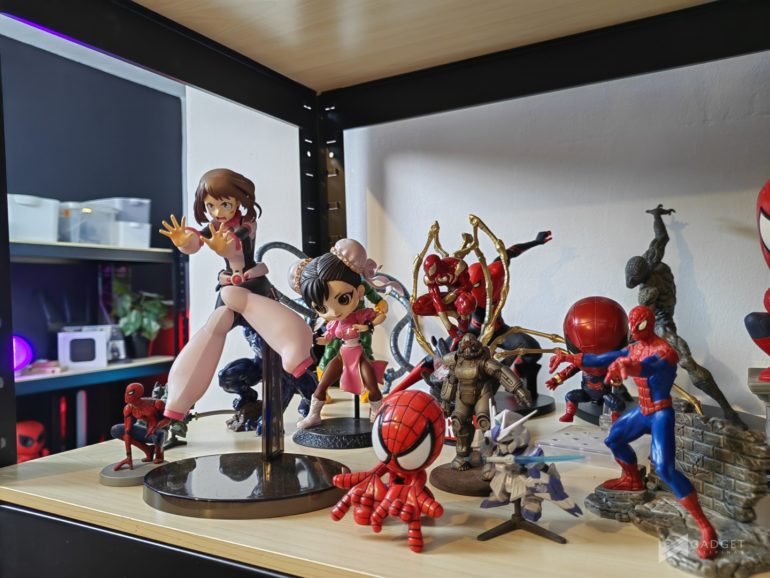

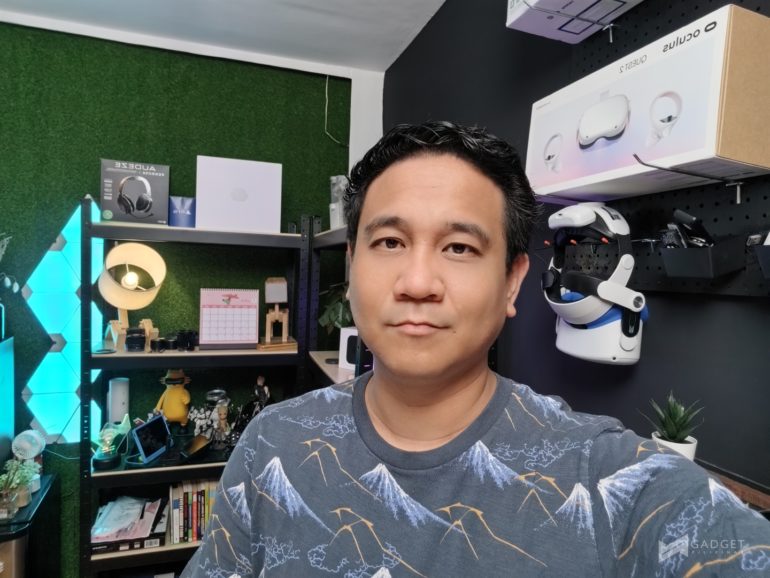
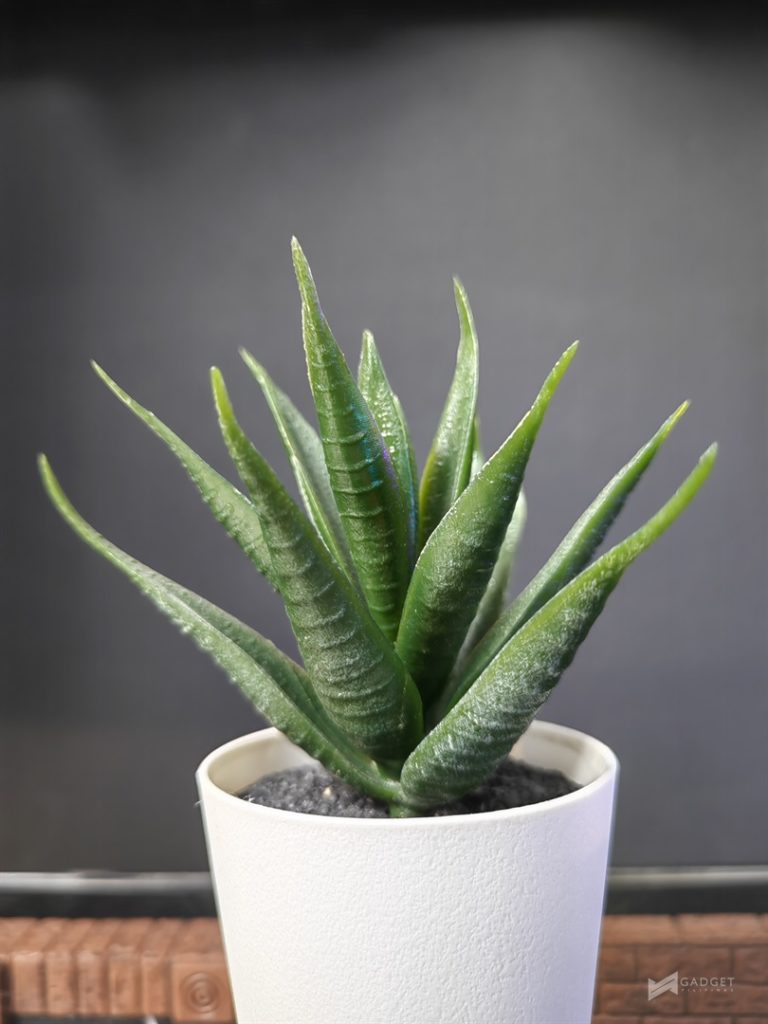
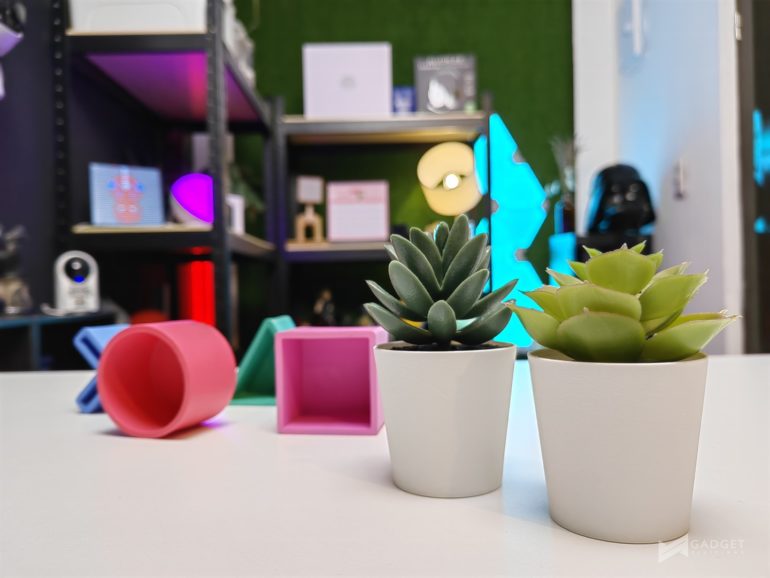
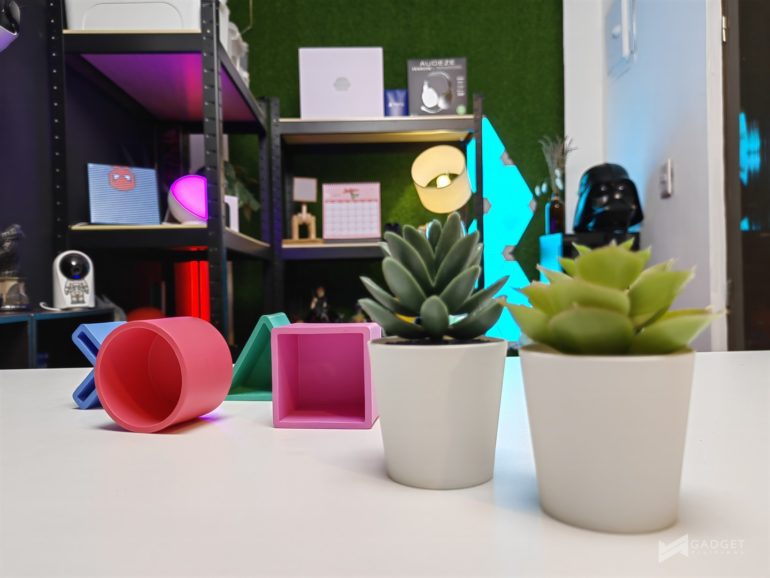
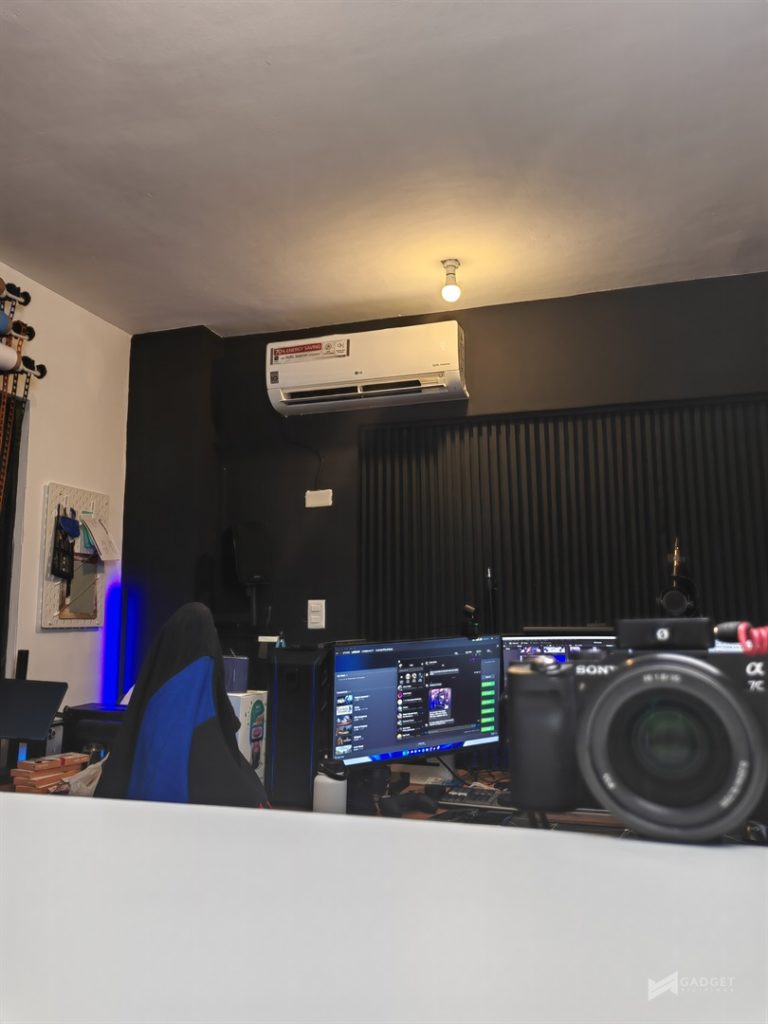
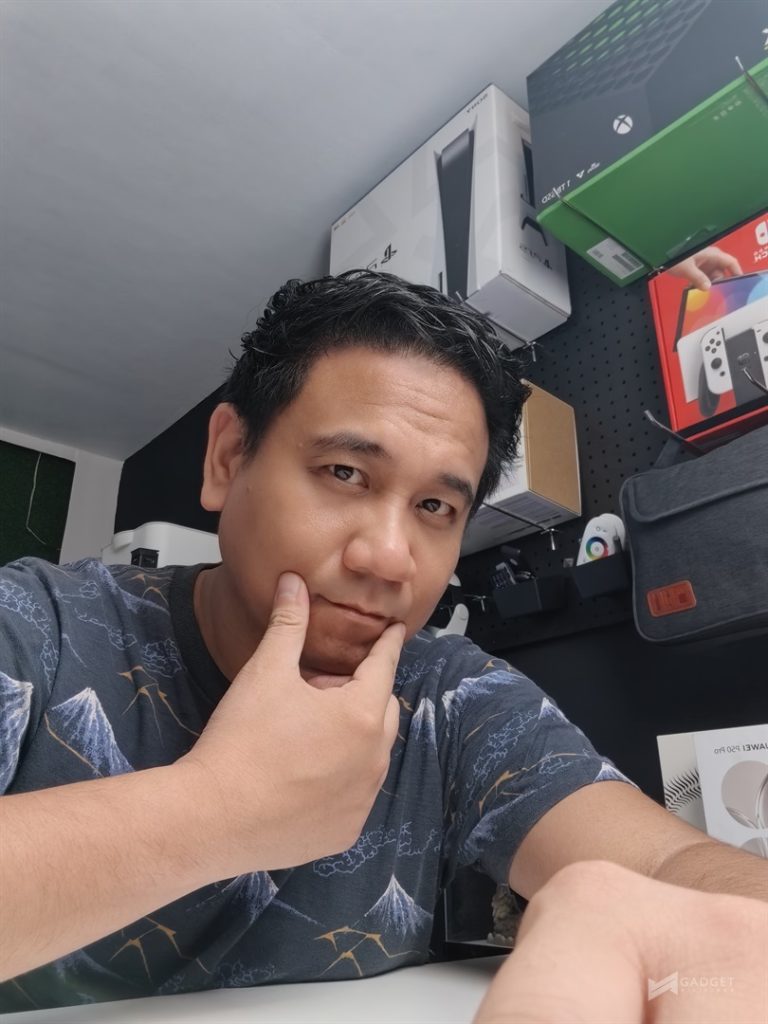
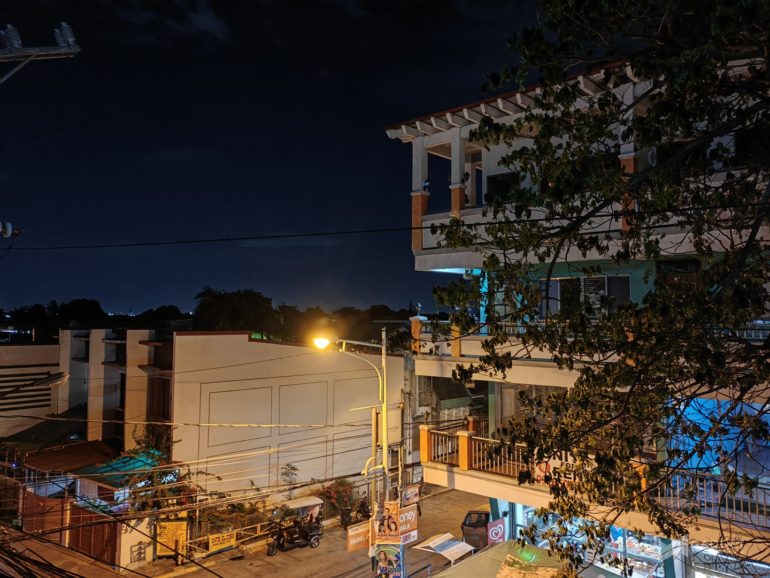

Software
Huawei P50 Pocket is running on the latest version of EMUI 12. It has special application features optimized for its clamshell foldable build. Huawei added features to complement its foldable design and function. Apart from the usual EMUI 12 features, P50 Pocket has additional settings for its exterior screen and camera software. Its software, however, is something that Huawei needs to improve further. In my opinion, it isn’t as refined as the one on the Galaxy Flip3 5G. Its version of “flex mode” is limited, and Huawei doesn’t improve it further, it’s foldable function will just be a matter of portability and novelty.
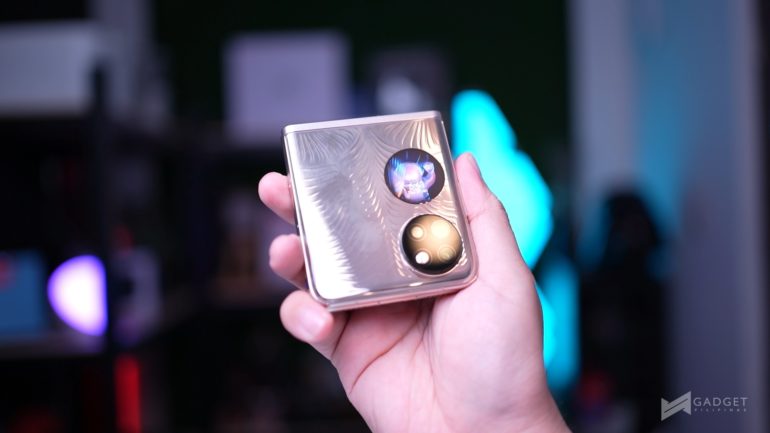
Battery
It is interesting to see how this form factor drastically changes the dynamics of battery consumption. Performance is somewhat on the average side, and that’s all thanks to its small OLED exterior display that shows contextual information and notifications. I believe, however, that its battery performance can perform better over time.
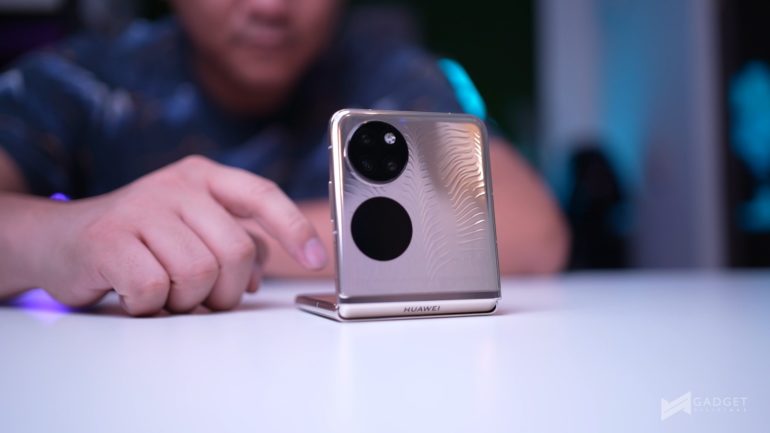
Verdict
Huawei P50 Pocket is best for those who want a stylish device and to experience Huawei’s foldable phone technology without compromising hardware and camera performance. It’s a step in the right direction for Huawei, and I hope to be able to see more of this from them in the future.
The phone isn’t perfect though as there are several factors that need to be improved: it needs to further optimize its software to maximize its foldable function and form factor; it does not have 5G capability; and, its base variant its more expensive than the Galaxy Z Flip3 5G.
Giancarlo Viterbo is a Filipino Technology Journalist, blogger and Editor of gadgetpilipinas.net, He is also a Geek, Dad and a Husband. He knows a lot about washing the dishes, doing some errands and following instructions from his boss on his day job. Follow him on twitter: @gianviterbo and @gadgetpilipinas.

